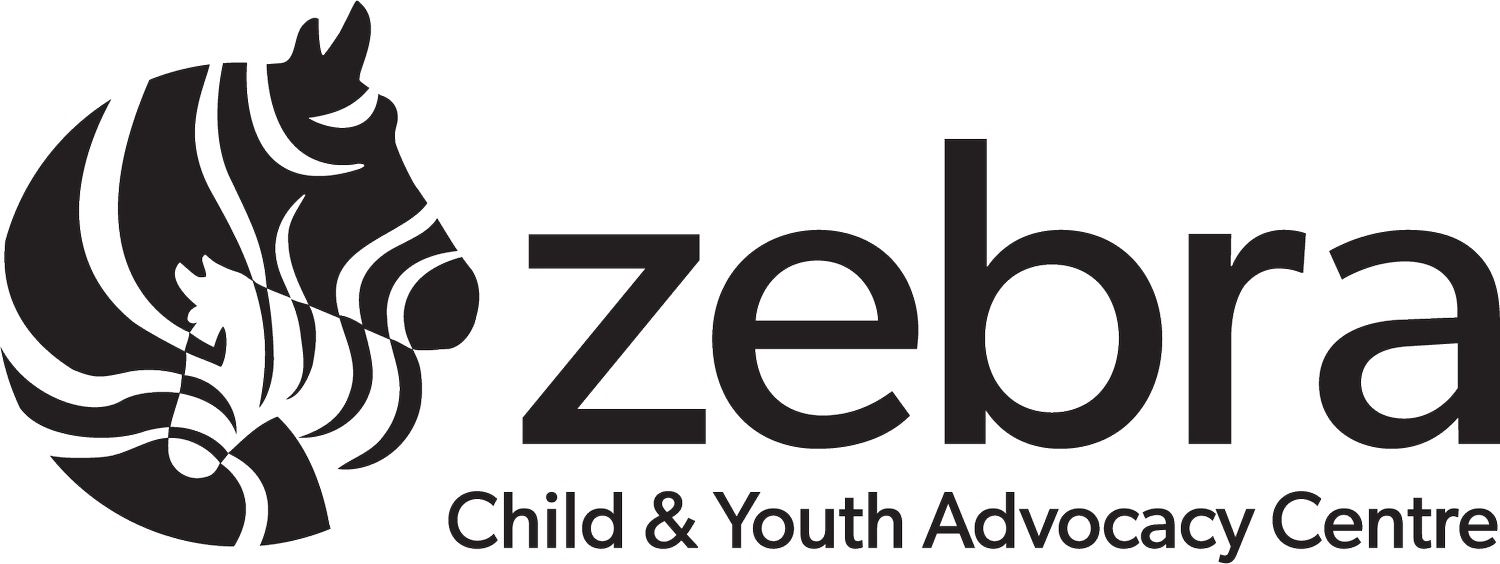Online Safety- A Caretaker's Guide to Keeping Children Safe
Online Safety- A Caretaker’s Guide to Keeping Children Safe
In 2019, the internet a huge part of all of our lives; from work to play, each of us is connected to the online world in some way, shape, or form. This is no different for children and teens-- the online world is a tool for learning and fun. However, the internet poses risks and dangers that all caretakers should be aware of. Awareness of risks is the first step in keeping children and teens safe online, and the first step in beginning an open dialogue about internet use. The Zebra Centre offers caretakers the following tips to help keep kids and teens safe while surfing the web.
Don’t talk to strangers. Though this may seem like a cliche, this is the number one safety rule to discuss with children and teens. Due to screen names, aliases, and characters online, it can be difficult to know who can be trusted-- and it is always better to be overly cautious. Before children and teens begin using the internet, discuss boundaries with them, and explain why we have to be vigilant when we’re online. If a stranger does reach out online, children and teens should know the first thing to do is tell someone they trust-- this could mean anything from a Facebook friend request to a message in a chatroom.
Don’t reveal any personal details. Some websites may ask for these details, like where you live or your age. Keeping this information private is critical to staying safe and anonymous online. Many websites also require a parent’s permission-- be sure to explain to kids and teens why parental consent is important, and remind them to keep you up-to-date on which websites they are using.
Have an adult approve any downloads. Many websites will have additional downloads-- some are innocent, and some may contain malware or viruses.
Turn off location. Many apps will use a user’s location in the background-- this is a safety risk for all users, especially children and teens. Snapchat is one app in particular to be aware of; the interface uses a “snap map” where all users’ characters can be viewed across a map in real time. This feature can reveal a child or teen’s school or home address to any friends they may have on the app-- therefore, it is critical to turn off this feature. Many, if not all, apps do not require location services in order to function fully. Therefore, location should be turned off for all apps except for navigation apps, such as Google Maps.
Keep dialogue open surrounding online content. Children and teens should feel comfortable discussing their online activities with you, and if anyone ever tries to engage in inappropriate contact with them, they should tell you immediately. Engaging in an open, calm dialogue is critical to ensuring that children and teens feel safe-- both online and with their caretaker. The computer should be in a common area of the home, to allow for monitoring.
Remind children and teens to be mindful of what they post online. This extends beyond just personal information-- once information is in cyberspace, it’s out there forever, and can’t be taken back.
Just like you have to look both ways before crossing the street, you have to be careful when using the Internet. When used correctly, cyberspace is an amazing tool for learning and play, for both children and adults alike. Each and every one of us has a responsibility to keep the Internet safe and fun for everyone.
Further Resources for Caretakers
Cyber Tips for Kids
The 5 cyber safety tips every parent should know
Cyber safety guide for middle school kids
5 Ways to Help Your Children Have a Cyber Safe New Year
6 Cyber Security Tips For Parents
Resources to Report Abuse
Edmonton Police Service: 780-423-4567
RCMP (Royal Canadian Mounted Police): Your local detachment
Child Abuse Hotline: 1-800-387-5437
Crime Stoppers: 1-800-222-8477
Online exploitation tip line: cybertip.ca
